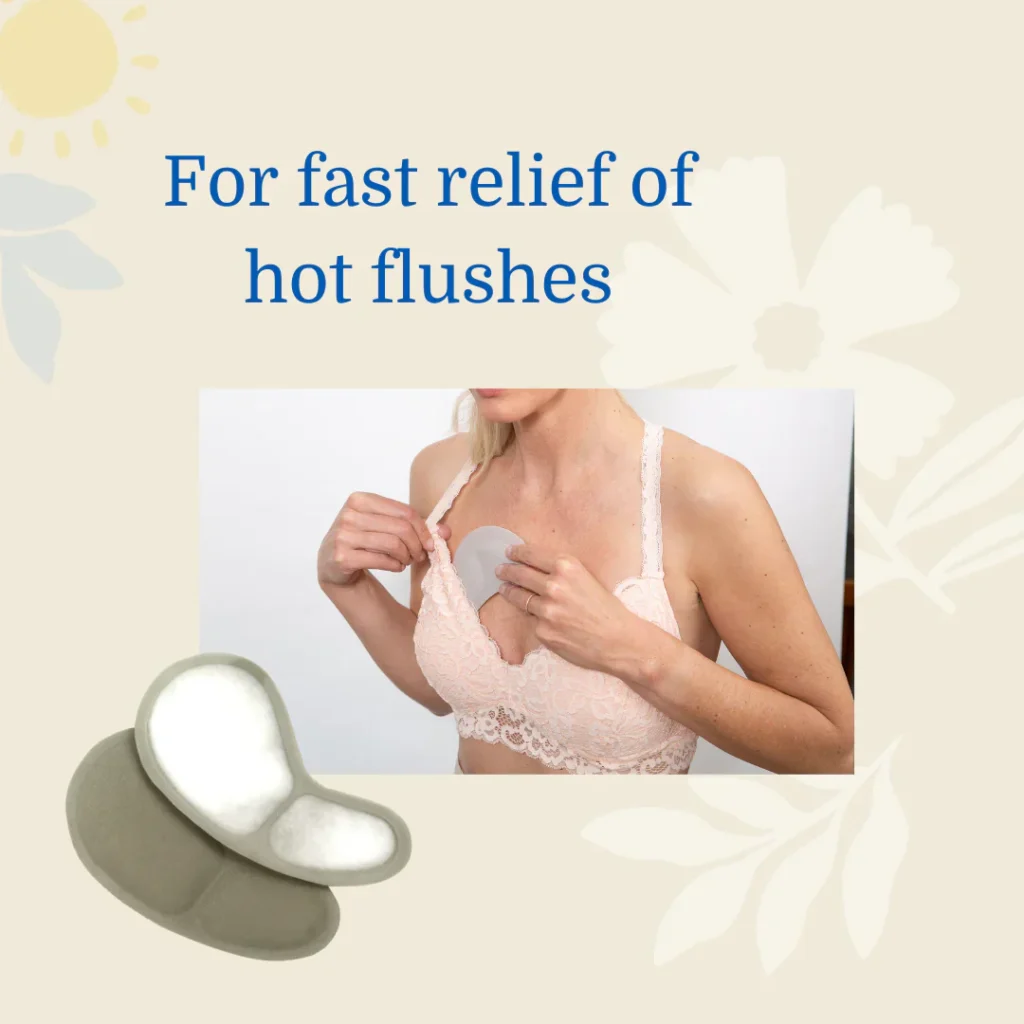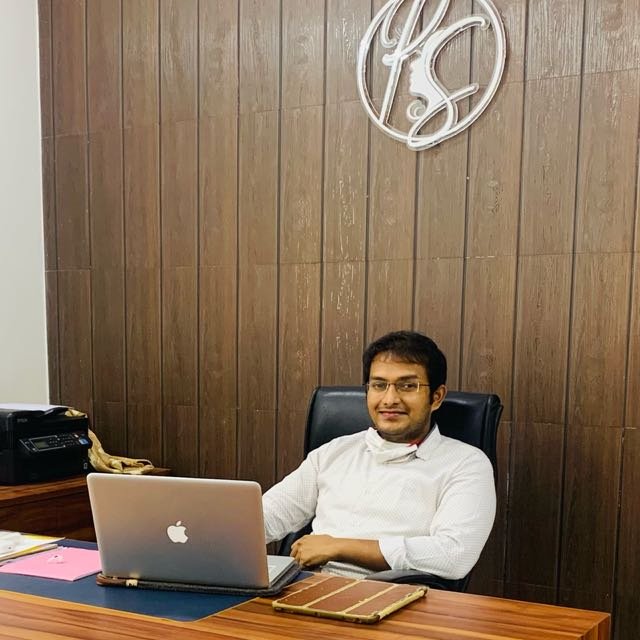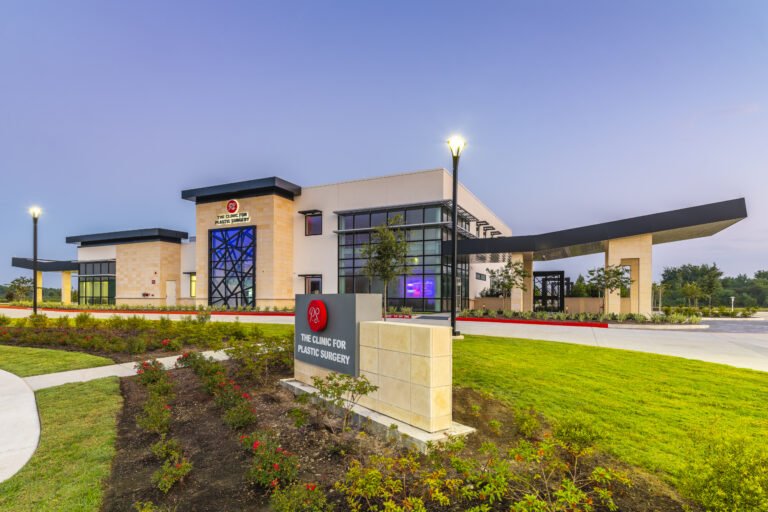Vaginal rejuvenation is no longer just a cosmetic trend—it’s a critical part of women’s health and wellness, especially for those experiencing post-childbirth laxity, dryness, decreased sensation, or mild urinary incontinence. For international patients considering treatment abroad, South Korea stands out as a top medical tourism destination, thanks to its advanced clinics and cutting-edge non-surgical technologies like laser and radiofrequency (RF) vaginal rejuvenation.
But how do you know which method is best for your body and goals? In this article, we compare laser vs. RF vaginal rejuvenation, specifically in the context of Korean clinics, so you can make an informed decision before traveling.
🇰🇷 Why Korea for Vaginal Rejuvenation?
South Korea offers:
- FDA-approved devices and the latest non-invasive technologies
- World-class OB-GYN and aesthetic gynecology specialists
- Personalized care with English-speaking staff for medical tourists
- Discreet, professional clinics in Seoul, Busan, and beyond
- Affordable packages for consultation + treatment + post-care
💡 Understanding the Basics: Laser vs. Radiofrequency
| Feature | Laser Rejuvenation | Radiofrequency (RF) Rejuvenation |
|---|---|---|
| Technology | CO₂ or erbium lasers delivering controlled heat | RF waves generating thermal energy within deeper tissues |
| Primary Use | Stimulates collagen in superficial mucosal layer | Stimulates collagen + elastin deeper in the vaginal wall |
| Sensation | Warm and slightly prickly | Gentle, warm, usually painless |
| Best For | Vaginal dryness, laxity, atrophy, mild incontinence | Laxity, mild to moderate incontinence, postpartum repair |
| Sessions Needed | 2–3 sessions, spaced a month apart | 3–4 sessions for full effect |
| Downtime | Minimal, 1–2 days of rest (no intimacy) | No downtime, resume activities same day |
🔥 Laser Vaginal Rejuvenation in Korea
How It Works:
CO₂ fractional lasers (like MonaLisa Touch or Femilift) emit thermal energy to the vaginal mucosa, triggering collagen remodeling, improved blood flow, and thickening of the vaginal walls.
Best For:
- Menopausal vaginal atrophy
- Chronic dryness or itching
- Mild stress incontinence
- Postpartum vaginal laxity
- Women with estrogen deficiency (natural or post-cancer)
Benefits:
- Improved moisture and lubrication
- Thicker, healthier vaginal tissue
- Increased sexual satisfaction
- Relief from pain during intimacy
What to Expect:
- Each session takes about 15–30 minutes
- Mild heat and tingling sensation
- No anesthesia required
- Slight discharge or spotting for 1–2 days
- Avoid intercourse and tampon use for 3–5 days
Top Korean Clinics Offering Laser:
- Banobagi Women’s Health Center (Seoul)
- G Clinic (Gangnam)
- ID Hospital – Women’s Unit
- Severance Hospital – Urogynecology Division
⚡ Radiofrequency Vaginal Rejuvenation in Korea
How It Works:
RF treatments (like ThermiVa, Viveve, or Votiva) emit radiofrequency energy to heat the deeper connective tissues, stimulating collagen, elastin, and tightening the pelvic floor.
Best For:
- Vaginal looseness (especially postpartum)
- Mild to moderate stress urinary incontinence
- Decreased sensitivity during intimacy
- Women who want no downtime or discomfort
Benefits:
- Immediate tightness effect for many patients
- Strengthens vaginal and pelvic tissues
- Improves urinary control and sensation
- Safe for women with hormone-sensitive conditions
What to Expect:
- Treatment lasts 20–30 minutes
- No pain or recovery time
- Can resume intercourse the same day
- Often recommended as part of postpartum care
Top Korean Clinics Offering RF:
- G Clinic (Gangnam) – ThermiVa and Viveve certified
- View Plastic Surgery Women’s Center – Integrated pelvic RF + labial treatments
- Cha Women’s Hospital – Non-invasive urogynecology programs
🧳 Medical Tourist Guide: How to Choose Between Laser and RF in Korea
✅ Choose Laser if You:
- Are postmenopausal with dryness or atrophy
- Experience pain or discomfort during intercourse
- Prefer a deeper rejuvenation of mucosal lining
- Are seeking long-term improvement in tissue health
✅ Choose RF if You:
- Recently gave birth and want postpartum tightening
- Want zero downtime and immediate results
- Have mild incontinence and weak pelvic floor tone
- Are sensitive to hormonal treatments (RF is safer in such cases)
✈️ How Long Should You Stay in Korea?
- Laser Treatment:
- 3–5 days is enough for consultation + 1 session
- If doing 2–3 sessions, schedule over a few months or via return visit
- RF Treatment:
- 2–3 days (consult + treatment)
- No recovery needed; ideal for tight schedules
💡 Many clinics offer medical tourism packages including transportation, hotel, and translation services.
💬 Real Questions to Ask During Your Consultation
- Which technology do you use—CO₂ laser, Er:YAG, RF, or HIFU?
- Will this treatment address both my aesthetic and functional concerns?
- How many sessions will I need?
- What results can I expect, and how long will they last?
- Is there any risk for women with past gynecological conditions or cancer?
🧘 Aftercare Tips for Both Treatments
- Avoid intercourse for 3–5 days (laser) or 1 day (RF)
- Keep the area clean and avoid harsh soaps
- No hot tubs or saunas for 2–3 days
- Follow-up via virtual consultations with your Korean provider
- Consider combining with pelvic floor rehab exercises for long-term benefits
💰 Cost Comparison in Korea
| Treatment Type | Per Session Cost (KRW) | Per Session Cost (USD) |
|---|---|---|
| Laser Rejuvenation | ₩300,000–₩600,000 | $220–$450 |
| RF Rejuvenation | ₩400,000–₩800,000 | $300–$600 |
Packages are often available for multiple sessions or combination treatments (e.g., laser + labiaplasty).
Final Thoughts
Whether you choose laser or RF vaginal rejuvenation, Korea offers world-class care, skilled specialists, and advanced technology in a safe and culturally sensitive environment. Both treatments can support pelvic health, intimacy, and overall wellness, helping women of all ages feel confident, comfortable, and in control of their bodies.
Need Help Choosing the Right Clinic or Treatment in Korea?
I can assist with:
- Booking a virtual consultation
- Recommending the best treatment based on your symptoms
- Creating a recovery itinerary with hotel, spa, and transport options



